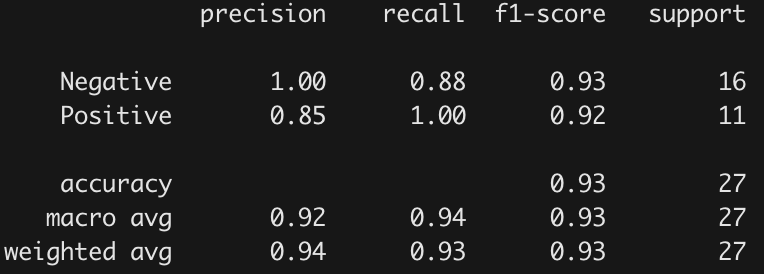Funnels
This repository contains the code needed to reproduce the experiments from the paper:
Funnels: Exact maximum likelihood with dimensionality reduction.
Dependencies
The base container for this project was pulled from the docker registry with the tag pytorch/pytorch:1.9.0-cuda11.1-cudnn8-runtime. See docker/requirements.txt for the necessary pip packages to be installed into the container.
Usage
The environment variable REPOROOT must be set to point to the top level of the repository. Once the container has been built or pulled run the following:
chmod +x run_setup.sh
./run_setup.sh
and everything should run. All experiments ran this container using singularity 3.4.0.
Data
The preprocessed datasets for MAF experiments was used for the density estimation comparisons.
Plane data experiments
Run experiments/plane_data_generation.py.
Tabular data experiments
Run experiments/uci.py.
Image experiments
All image experiments have the args saved in json and are launched using experiments/image_generation.py, with cifar-10 and imagenet funnel experiments run with --model 'funnel_conv'.
The Inception and FID scores were calculated using external libraries as described in the directories under external/.
Anomaly detection experiments
For the anomaly detection experiments the defaults can be found in experiments/image_configs/AD_config.json. With these defaults set across experiments the different models can be run as follows:
VAE
python image_generation.py --model 'VAE' --latent_size 4
python image_generation.py --model 'VAE' --latent_size 16
F-NSF
python image_generation.py --model 'funnel_conv_deeper' --latent_size 4
python image_generation.py --model 'funnel_conv_deeper' --latent_size 16
F-MLP
python image_generation.py --model 'funnelMLP' --levels 4
python image_generation.py --model 'funnelMLP' --levels 3
NSF
python image_generation.py --model 'glow'





